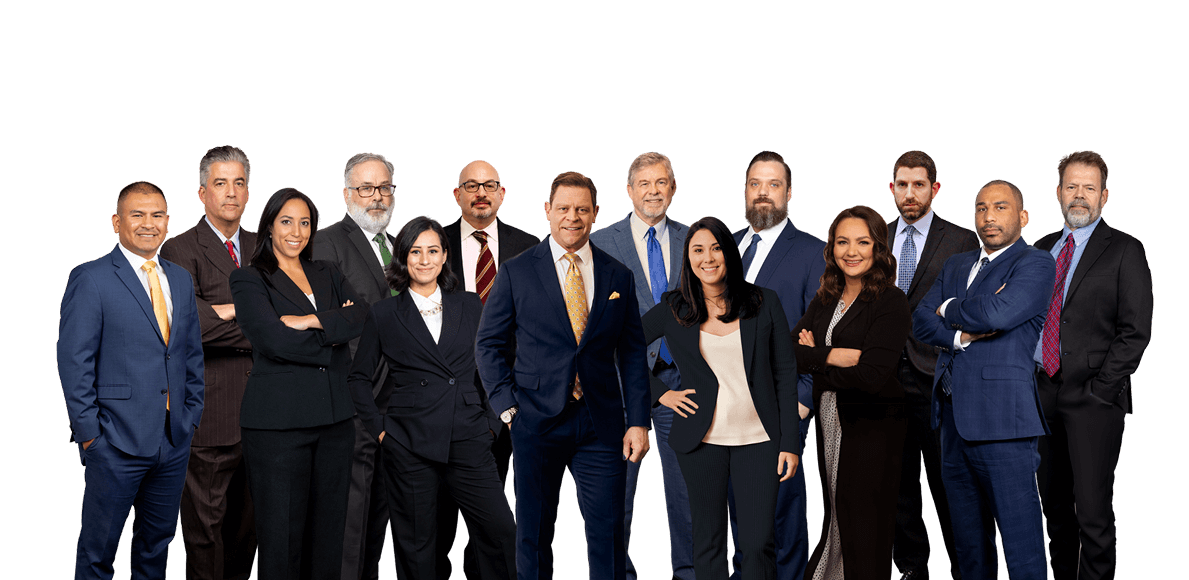Tesla’s new driverless model rolled onto Austin streets on June 22, 2025, and the excitement was immediate. Initial riders booked paid rides through an app that allowed them to adjust climate controls, select playlists, and view a rear screen showing the vehicle’s route.
However, within an hour of launching, videos posted online began to tell a different story. In one video, a Robotaxi drifted across a double yellow line at a busy Austin intersection, steering into traffic moving in the opposite direction to avoid congestion.
That clip, along with others showing Teslas speeding past a thirty mile per hour speed limit sign, quickly sparked public concern. Conversations around Tesla Robotaxi accidents in Austin grew louder, raising questions about road safety, liability, and what happens when autonomous vehicles make mistakes.
Key Takeaways
• Self-driving motor vehicles can reduce certain errors, yet recent safety incident reports show more crashes per mile than cars with a human driver at the wheel.
• Safety regulators are scrutinizing Tesla’s Robotaxi for potential safety defects that could violate traffic laws.
• Liability in a crash involving autonomous cars often turns on whether a person or software caused the error.
• A vehicle that turns from a left turn only lane into the wrong lane—or misreads an unoccupied lane meant for oncoming cars—can expose Tesla to product liability.
• After any Robotaxi crash, gather photos, request that Tesla pre-approve release of the vehicle logs, and speak with an experienced personal injury attorney who understands new technologies.
Why Is the NHTSA Investigating Tesla’s Self-Driving Technology?
The National Highway Traffic Safety Administration wants to protect road safety and has intensified its oversight of Tesla’s self-driving technology and Robotaxi programs. The agency can force manufacturers to certify that vehicles comply with federal rules and will act if it finds a potential safety defect. Tesla hesitates to release some logs, but pressure is mounting; each new clip on a Tesla podcast or social feed becomes another referenced incident for regulators.
Tesla Self-Driving Crash Data and Safety Stats
This growing scrutiny is driven by mounting crash data and safety concerns linked to Tesla’s autonomous systems. The numbers reveal a troubling pattern that continues to raise red flags for both regulators and the public.
- Hundreds of non-fatal accidents and 51 confirmed deaths have involved Tesla’s self-driving features since October 2024; two fatalities were directly linked to Full Self-Driving.
- Tesla has the highest crash rate of any automaker in the United States. In 2024, there were 26.67 accidents per 1,000 drivers compared to 23.54 the year before, representing a 13.3 percent increase.
- According to Tesla’s Q1 2025 Vehicle Safety Report, crashes occurred once every 7.44 million miles when Autopilot was active and once every 1.51 million miles when it was not.
Who Is Liable When Things Go Wrong?
Determining who is held liable in a self-driving car depends on several factors, including the level of automation, the actions of any human operator, and the performance of the vehicle’s systems.
- Human oversight– A human safety operator remains essential in most Tesla Robotaxi operations. If they fail to step in when necessary, they may share responsibility for the crash.
- Software or sensor error– If the accident is caused by a malfunction of Tesla’s Autopilot or Full Self-Driving (FSD) software—such as a bug, sensor failure, or misinterpretation of road signs—Tesla itself may be held liable under product liability laws.
- Data Withholding– Liability also shifts towards Tesla if the company fails to release system logs, withholds data, or if software updates reveal known defects that contributed to the accident.
Clear fault can only be determined by reviewing system logs, dashcam footage, and expert analysis of the vehicle’s behavior.
How Tesla Robotaxis Are Impacting Auto Insurance in Texas
Insurers are now analyzing rear screen telemetry and sensor data in the same way they’ve traditionally reviewed crash photos and police reports. Safety incident reports, software updates, and even references to previous safety recalls are beginning to influence coverage decisions.
If a crash involving Tesla’s Robotaxis occurred because the system misjudged an unoccupied lane meant for opposing traffic or took a turn from the wrong lane, insurance claims may rely on whether Tesla’s system violated Texas traffic laws.
Investigating the Crash: What Happens Next?
Insurers now mine rear-screen telemetry the way they once studied fender photos. A claim can hinge on whether autonomous code violated Texas traffic laws—say, drifting from an unoccupied lane into the correct lane too late or missing a left turn only lane. If Tesla’s code broke the rules, victims may seek damages for injury or wrongful death.
What Should You Do After a Crash?
If you’ve been injured in a Robotaxi-related crash in Texas, whether involving an unoccupied lane violation or a rear-end collision due to phantom braking, take the following steps:
- Call 911 and seek medical help immediately.
- Record the scene, hour, posted speed, lane markings, and any videos posted by witnesses.
- Request that Tesla pre-approve release of vehicle data to preserve evidence.
- Contact anexperienced personal injury attorney for a free consultation before speaking with insurers.
When Should You Call a Personal Injury Lawyer After a Tesla Robotaxi Accident?
After a Tesla robotaxi crash, understanding your legal rights can be overwhelming. These cases often involve evolving laws, complex liability issues, and manufacturer responsibilities related to autonomous technology. If you’ve been seriously injured, are unsure who’s at fault, or facing insurance delays or denials, it’s time to speak with a personal injury attorney.
Our firm offers a free consultation to help you understand your options, review safety data, and push for access to critical vehicle information. We’re ready to fight for the compensation you deserve under Texas law.
Involved in a Tesla Robotaxi Incident?
If you or a loved one has been involved in a Tesla Robotaxi incident, we’re here to support you.
We know how confusing and stressful it can be when something unexpected happens. Whether you’re ready to explore your legal options or just have questions about what to do next, our team is here to help. You can reach us anytime at (512) 888-9999. We’ll listen, answer your questions, and help you understand your next steps with clarity and care.
Frequently Asked Questions on Tesla Robotaxi Crashes and Your Legal Rights
Can I sue Tesla if a Robotaxi causes my crash?
Yes. If evidence shows the software or sensors failed, you may file suit against Tesla. Logs, safety incident reports, and expert analysis are critical.
Will Tesla hand over telemetry?
Not by default. Your lawyer can subpoena the data, and safety regulators can compel release if public safety is at stake.
Does a self-driving crash go to court like a regular accident?
Cases involving autonomous vehicles require specialists who understand algorithms, sensor arrays, and how new technologies interact with traffic laws. They are more complex than traditional collisions.
What if the safety operator was distracted?
A distracted human driver can share liability. Courts weigh both human error and software performance.
Is it riskier to ride in autonomous vehicles?
Tesla’s own numbers suggest fewer crashes per mile with Autopilot, yet regulators remain cautious because software can misinterpret complex scenarios like temporary construction zones.



